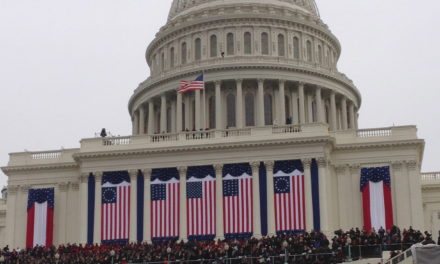For most Americans January 1 is the day that they know as New Year’s Day, and we welcome it with New Years Eve parties and gatherings all over the country. But for many other Americans, and about one fifth of the world’s population, the Chinese New Year is an equally, if not more important event. On January 26, the year of the Ox will begin on the Chinese calendar.
Chinese New Year, also known as the Lunar New Year and Spring Festival, is one of the most important Chinese holidays, and one of the oldest holidays as it began officially with the Han Dynasty in 206 BC. In countries with predominantly Chinese populations the day is recognized officially with holidays that include the day itself and a few days before and after the holiday. Chinese New Year represents one of the largest annual human migrations in the world as migrant workers, and Chinese people who work abroad return home to China to visit with family and celebrate the New Year.
According to the Encarta encyclopedia, the days before Chinese New Year are often marked with the cleaning of a family’s house, because of the traditional saying that cleaning wipes away all the bad luck of the previous year to make way for good luck during a new year. It is also customary to buy new clothes or get new haircuts to signify a fresh start during the New Year. The dinner, which is a large and important part of the celebration usually, includes dumplings in the north of China, and a New Year’s Cake in the southern region of China. The dinner also usually includes chicken and fish.
According to Holly Hartman for infoplease.com, many people also exchange gifts and red packets. Red packets are not just empty red envelopes, they almost always contain money or sometimes chocolate. Red packets are often passed out from married couples to the elderly, often parents give their children red packets as well. Money is also typically given out in totals that equal even numbers.
The celebrations of Chinese New Year last far past New Year’s Day. There are fifteen days of festivities. The History Channel states that two other important days are the fifth day, jie cai ceng, when businesses often celebrate by setting off firecrackers because they believe it will bring prosperity for their businesses. There is also the festival of lanterns on the fifteenth and final day of celebrations where lanterns are lit and poems are written for entertainment.
Red is an important color in Chinese New Year celebrations because red represents good luck and happiness in Chinese culture. Before the New Year, many will paint their doors or window frames with a new coat of red paint. Red is used in almost every phase of the celebration from the house, to the New Year’s Day clothing, to the firecrackers.
In the United States, Chinese New Year is often celebrated by parades in cities with large Chinese American populations. The Golden Dragon Parade in Los Angeles is a prime example of the spectacles that Chinese New Year often inspires, the parade annually draws about 110,000 spectators yearly according to the Golden Dragon Parade’s website. Celebrations similar to the Golden Dragon Parade occur in places that vary as much as New York City and Butte, Montana. Chinese New Year is another reminder of the many different, vibrant cultures there are in this country and how unique the celebrations of something as simple as a New Year can be.



